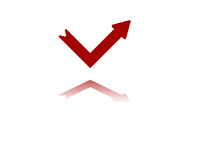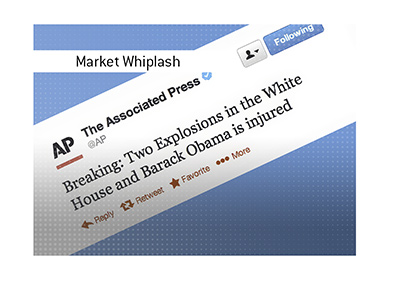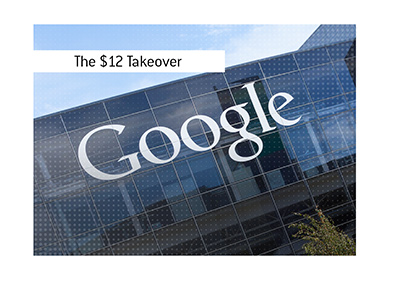US Consumer Credit Hits Two Year High
 Shortly after the 2008 financial crisis, outstanding consumer credit in the United States started to decrease dramatically.
Shortly after the 2008 financial crisis, outstanding consumer credit in the United States started to decrease dramatically. Outstanding revolving credit, which mainly consists of credit card balances, reached a high of $972 billion in September of 2008 before dropping off a cliff. Outstanding revolving consumer credit in the United States continued to drop, month after month, for a sustained period of time.
There were a couple of reasons for this. Number one, credit card lenders weren’t so willing to extend credit, especially to lower quality borrowers. Number two, many American households completely reworked their budgets so that they could afford to pay down their expensive credit card debt.
This trend continued for months and months as American households continued to pay down their revolving debt balances.
--
Over the past couple of years, things have reversed and outstanding consumer credit in the United States is now in a solid upwards trend.
US consumer credit balances rose once again in October, hitting a new two year high. Credit increased by $7.65 billion to $2.46 trillion. This included a $366.2 million increase in revolving debt balances and a $7.28 billion increase in non-revolving credit balances. (note: non-revolving credit includes student and car loans).
--
In the third quarter of 2011, consumer spending increased at the fastest clip in a year, while the savings rate decreased and consumer credit balances increased.
Glass half full - consumer spending is on the rise, and holiday spending so far this year has been robust.
Glass half empty - consumers are spending more, but they are relying on a greater percentage of their disposal income to do so. In addition, revolving credit balances are starting to creep higher once again, reversing a trend that started in the dark days of the financial crisis of 2008.
Source: Bloomberg.com - U.S. Consumer Credit Increases to 2-Year High
Filed under: General Knowledge



